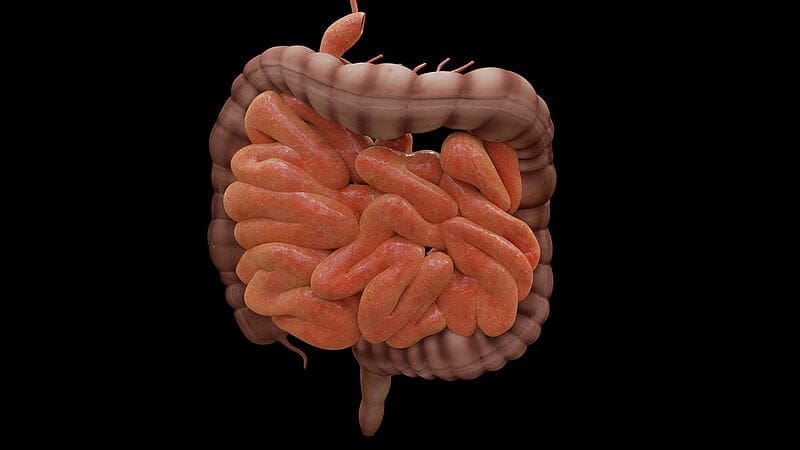Saliva sample reveals microbiome of stomach and small intestine
In the future, a simple saliva sample could help to analyze the bacterial composition in the stomach and small intestine and to create individual risk profiles for diseases. This is shown by a study by the University of Hohenheim, which reveals a connection between the oral microbiome and that of the upper digestive tract.
The study identified two stable microbiome types that are constant from the oral cavity to the small intestine and are each dominated by a bacterial genus. One type in particular, coined by the bacterial genus Prevotella-7, stood out: Individuals with this profile had fewer potentially pathogenic bacteria associated with diseases such as endocarditis or colorectal cancer. They also showed lower levels of the inflammatory marker TNF-╬▒, indicating a lower risk of chronic inflammatory diseases.

The results are based on an analysis of 20 people with mild gastrointestinal discomfort as well as a dataset of 254 participants in the REIMAGINE study at Cedars-Sinai Medical Center. A newly developed method enabled precise analyses despite low bacterial counts in saliva, stomach and duodenum. By using DNA and RNA analyses, active bacteria could be distinguished from inactive ones and impurities could be ruled out.
The research results suggest that saliva samples could be used in the future as a simple, non-invasive diagnostic tool to detect risks of inflammatory or infectious diseases at an early stage. This could create the basis for personalized prevention measures, for example through targeted antibiotic treatments, and open up new avenues in medical diagnostics.
Original Paper:
Editor: X-Press Journalistenb├╝ro GbR
Gender Notice. The personal designations used in this text always refer equally to female, male and diverse persons. Double/triple naming and gendered designations are used for better readability. ected.




